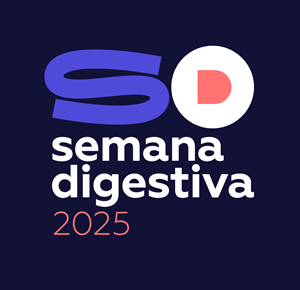Methods: Retrospective study of patients on EVL at a tertiary hospital between 2017 and 2020. To have independent groups concerning EVL therapy pre and during pandemic, the cutoff date was 1st January 2019.Variceal eradication and bleeding were analyzed during one year of follow-up. Differences between groups were identified using chi-squared and independent t-tests. Risk factors were identified through logistic regression.Results: 97 patients were included:75 men (77%) with mean age of 59±12years.Cirrhosis was the predominant cause of portal hypertension (88%): alcohol and virus as main etiologies (75%).398 prophylactic EVL sessions were performed:53 patients underwent 223 sessions (56%) in pre- pandemic group and 44 underwent 175 (44%) in the latter. However, no statistical significance in the mean number of sessions was observed between them (p=0.587).66 patients performed EVL therapy as secondary prophylaxis. 12 and 15 patients suffered post-EVL bleeding and death, respectively. There was no association of these two outcomes between pre and pandemic groups. However, variceal eradication showed significant difference (p=0.001)-Figure1.The independent risk factors for variceal eradication were pandemic group and total number of EVL sessions per patient (p<0.01), whereas for death at 6 months were age, portal vein thrombosis, and MELD-Na (p<0.05). Conclusion: COVID-19 reduced the number of prophylactic EVL sessions, and therefore variceal eradication was significantly lower in pandemic group. In contrast, bleeding post EVL-therapy and death at 6 months post-last session showed no significant difference.

 Semana Digestiva 2025 | Todos os direitos reservados
Semana Digestiva 2025 | Todos os direitos reservados